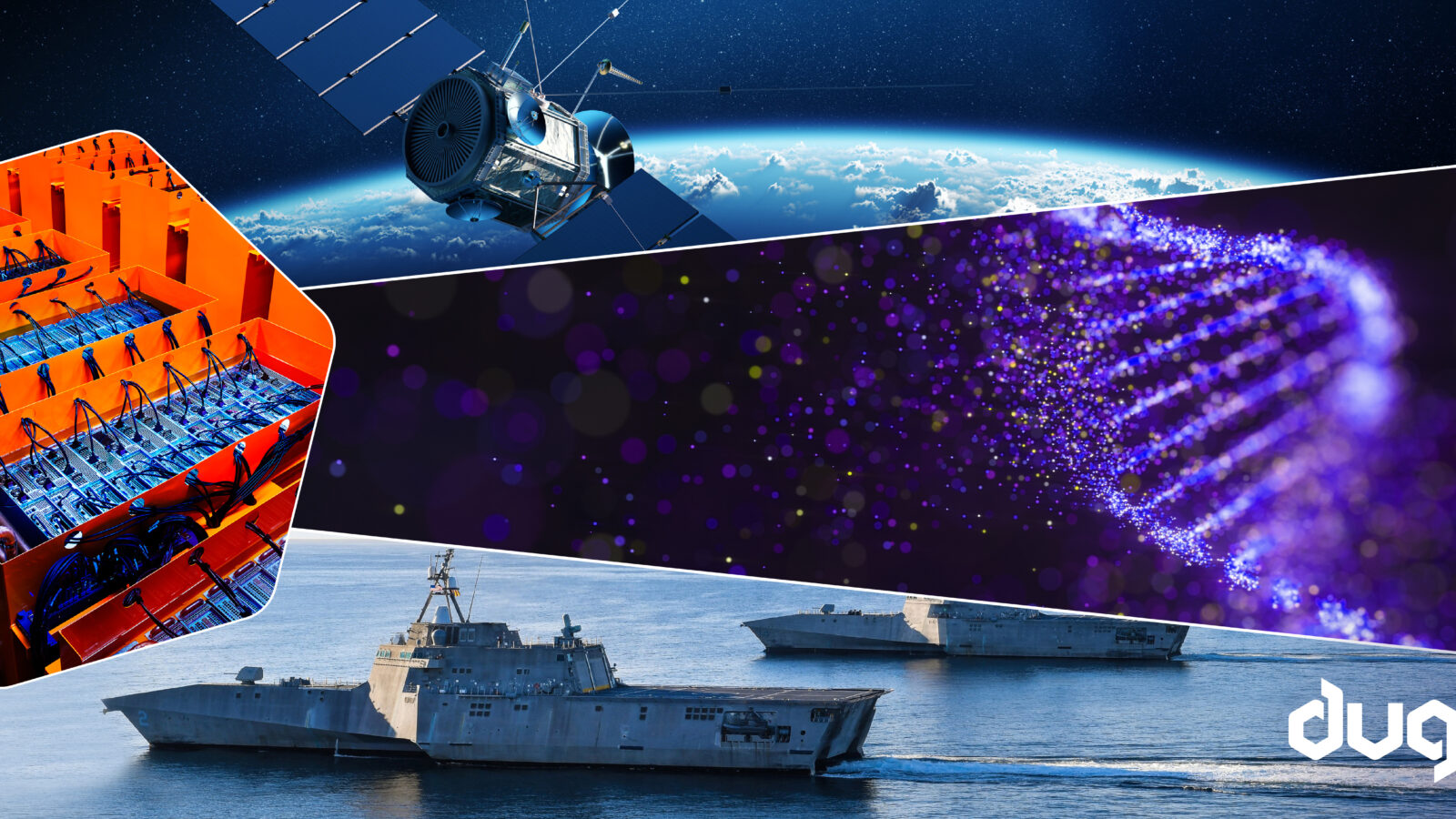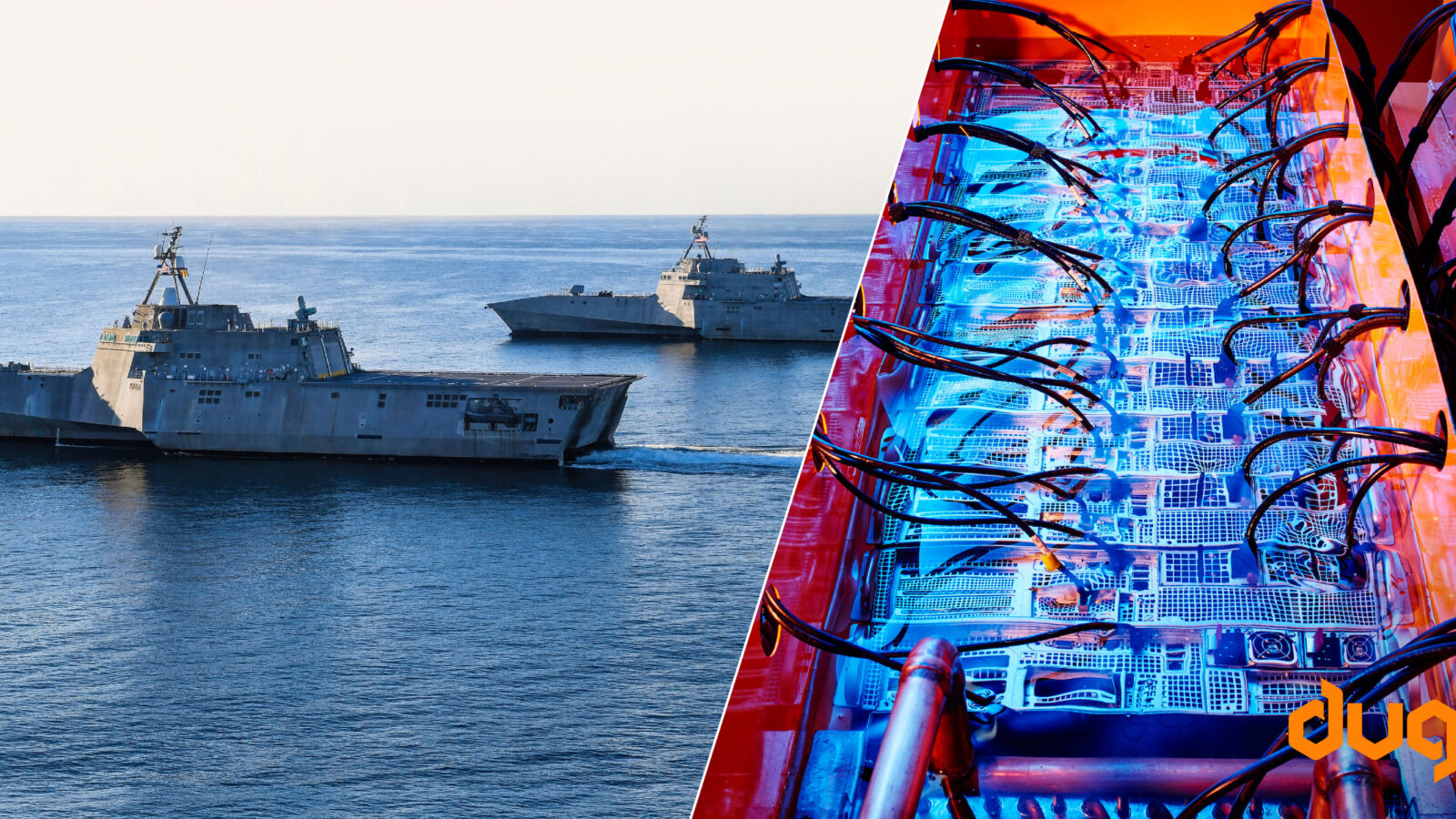Now that the dust has settled and NASA’s Perseverance rover has landed on Mars, we can all watch in awe as it starts moving around the red planet, sending back fantastic images and information of the alien landscape.
The technology, years of R&D, countless trials, heartache, blood, sweat, and tears captured in shooting a little robot 470 million km (about 300 million miles) and landing it on an unknown surface is truly remarkable.
While getting the rover safely to Mars is an incredible feat in itself, its activities on the surface are even more impressive. Communication with Perseverance has a latency of between 4 and 24 minutes (the time to send a message to Mars). Imagine trying to drive your car when it takes 24 minutes for the “image” of the road ahead to reach your eyes. You’ve already hit that alien that chases a ball out from behind Curiosity – and moved on – before you even knew it existed!
The autonomous systems enabling the rover to function and move about with little to no involvement from Earth is astonishing. Think of the NASA team on Earth as the Google-Maps engineers, sending the map and route to Perseverance and hoping it arrives at the correct destination.
All this is done on a computer chip straight out of 1997 – a fine year for technology – forever remembered as the year a computer first beat Garry Kasparov a Russian chess grandmaster.
A key piece of NASA’s rover technology heralds from Australia. Attached to one of Perseverance’s arms is a tool called PIXL (Planetary Instrument for X-ray Lithochemistry) – invented and developed right here in Australia. An Australian astro-biologist (what a cool profession!), Dr Abigail Allwood , is the first Australian to be a principal investigator on a Mars mission. Her PIXL will seek out and study chemical signatures of microbial life in 3-billion-year-old rocks.
It is exciting and inspirational watching this incredible science and technology come together to achieve remarkable feats. So many new things to discover and learn! Who knew astro-biology was even a career option that could take you to Mars?
Picture credit: Illustration of NASA Rover Perserverance on Mars. From NASA website.




































